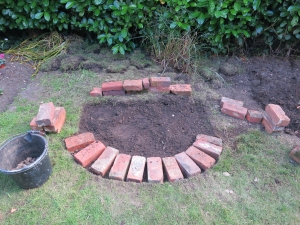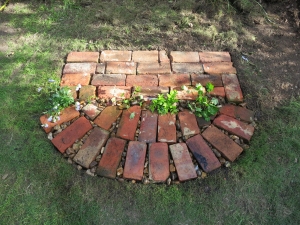One evening, late in 1997, over the space of three hours, what seemed to be ‘flu’-like symptoms reduced my wife Jessica to a terrifying inability to swallow. I telephoned the emergency GP service and spoke to a most unhelpful doctor. He refused to visit and told me to give Jessica aspirin. ‘If she can’t swallow, how am I going to give her aspirin?’, I asked. The response was that I should contact my GP in the morning, and if I became concerned in the night take her to casualty.
In the small hours of the morning I drove my wife to Newark Hospital’s casualty department, by which time panic had set in. There we were seen by a man in white, presumably a qualified medic. He stuck a spatula into her mouth, peered into it, and said he couldn’t see anything. He took a blood test, told us to go home, and said we would have the results in three days. I stood between him and the couch, faced him squarely, and asked: ‘If you can’t see anything, why can’t she swallow?’. At that, without a word, he walked out of the room leaving us alone. After what seemed like an age another man came in and announced that we were being sent to Nottingham. There followed a 25 mile ambulance trip.
Within minutes in one of that city’s casualty departments, with the aid of more sophisticated equipment, epiglottitis was diagnosed. I asked the doctor on duty what would have happened had I not stood firm. He replied that at the next stage Jessica would have been unable to breathe and would not have lasted the night. She was treated, rapidly improved, and we thought that was that.
Jessica seemed well, we forgot about the blood test, and I resumed my commuting to London. A couple of days later, in my consulting room 125 miles away, I received a phone call from my GP sister-in-law. ‘It’s myeloma’, she announced. I had no idea what that incurable bone barrow cancer was. This is what the test had revealed.
Naturally I complained in writing both to the hospital and to the GP services. I had no energy left to pursue the bland responses I received. There were much more important channels for it.
There was a sequel to this story. One of the professional tasks I undertook in Newark was the supervision of other freelance therapeutic counsellors. One day one of my supervisees spoke of a couple with whom she was trying to engage. She said she was unable to work with the man who was unbelievably chauvinistic and treated his wife very badly. She asked me if I would take over this piece of work. I replied that I couldn’t because this was the emergency GP, in fact a psychiatrist, who refused to visit Jessica.
There followed ten years of various treatments, including blood transfusions, two stem cell transplants, and finally, an unsuccessful donor transplant.
Knowing that her first bout of chemotherapy would result in hair loss, she asked her friend Jane Keeler to cut it all off for her.
Mostly she was treated as an outpatient, but there was one week when to visit her in hospital I travelled by train from Lindum House to Kings Cross early in the morning, carried out a normal day’s work, took a train to Nottingham, visited, then took another train to Newark. I was relieved that I only had to do that once.
Initially, periods of remission were such that Jessica was able to continue working as an emergency duty social worker. The months of relief gradually became shorter and shorter, and the relapses longer and she retired on ill health grounds after about five years. She died on 4th July 2007.






